On a prime slice of Malaysia's Selangor coast, an Orang Asli tribe fights to hold onto its ancestral land
As developers and other commercial players come knocking, the Mah Meri in Selangor are one of Malaysia's indigenous communities fighting to gazette their land before it’s too late.
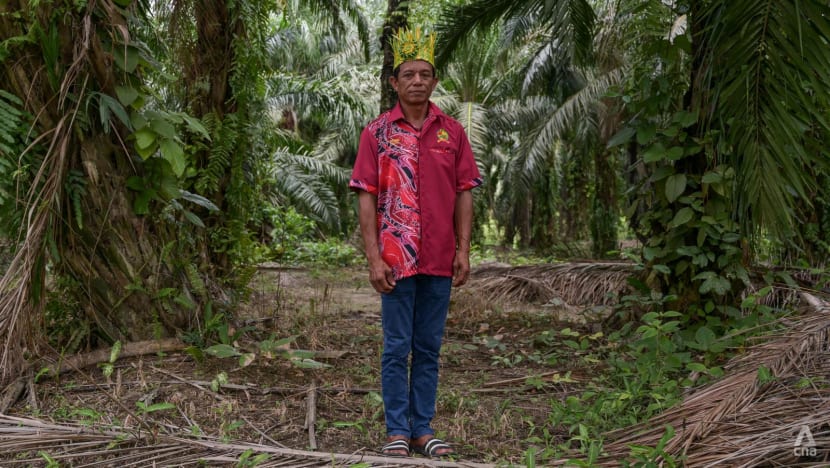
Mr Ramon Shari, the 10th "Tok Batin" or leader of four Mah Meri villages in Sepang, Selangor, feels the tribe's villages and customary land are facing impending threat. (Photo: CNA/Fadza Ishak)

This audio is generated by an AI tool.
KUALA LUMPUR: On Selangor’s southern coast, a shady strip of beach plays host to the Orang Asli outpost of Bagan Lalang, a small settlement of ramshackle huts and rudimentary homes.
This is where a tiny community of the Mah Meri indigenous people of Selangor live, on land they are said to have foraged for hundreds of years. But not for much longer.
On May 13, Mr Marin Mungai, chairman of the main Mah Meri village of Bukit Bangkong 12km away, visited what was left of the Bagan Lalang village to show CNA around.
He paced around the settlement, recounting how Bagan Lalang was not an actual village but a way for the community to live closer to where they worked.
Mr Marin stopped at one of the houses, where a young man sat on the floor by his door, arms wrapped around his knees. “Don’t ever move out until you’ve been given new homes,” Mr Marin warned him.
In April 2021, the Mah Meri inhabitants of Bagan Lalang were served a notice by the Selangor land office to vacate the area, which will be developed as an extension of a nearby luxury resort under the state’s Sepang GoldCoast development plan.
The incident made headlines as yet another case of the Orang Asli in Malaysia fighting for their land rights against parties backed by the state government.
The country has slightly more than 200,000 Orang Asli from 18 tribes, or just under 1 per cent of its total population of 32 million.
Selangor is home to 4,100 members of the Mah Meri, its population concentrated in the Bukit Bangkong area with another community on Carey Island.
Over the years, Orang Asli tribes in Kelantan and Perak have clashed with logging companies and built blockades to protect their ancestral forests, although these makeshift wooden barriers are usually torn down by the authorities.
In May 2019, the deaths of 15 members of Kelantan’s Bateq tribe in a measles outbreak caught nationwide attention, in what experts said could be traced to the effects of environmental degradation after oil palm plantations and mining took over their forests.
Landmark court decisions have also recognised indigenous customary land rights, and that Orang Asli must be paid adequate compensation for the loss of their land.
Customary or ancestral land refers to an area the Orang Asli identify as their territory or ecosystem through prior occupation, utilisation and settlement, including for shelter and residence, agriculture and subsistence, burial and other rituals.
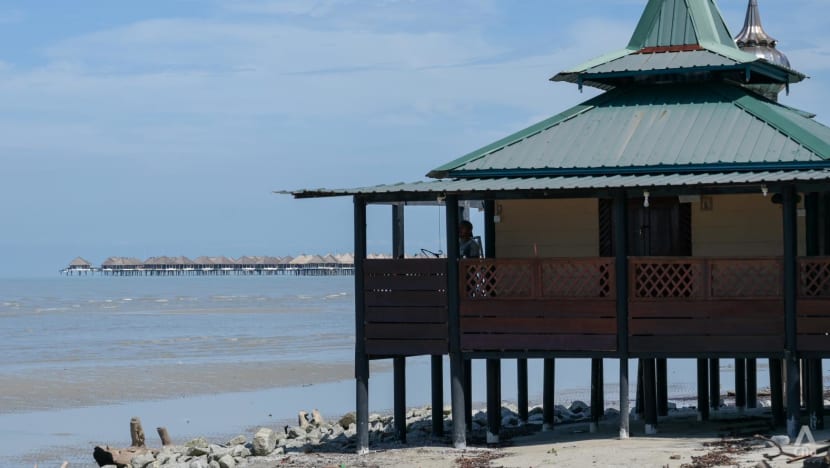
In May 2021, Selangor chief minister Amirudin Shari clarified that the three plots of land occupied by the Mah Meri in Bagan Lalang were not an Orang Asli village, but a temporary post to facilitate their commute between their villages and Bagan Lalang, where they work.
He reiterated that Permodalan Negeri Selangor Bhd, the state-linked firm that owns the land and is behind the Sepang GoldCoast project, followed the necessary procedures and laws to reclaim the land encroached on, while negotiating with villagers to ensure they are taken care of.
A judicial review was subsequently filed to challenge the eviction notice and get the Mah Meri's ancestral land recognised, but the judge dismissed the application and asked for a civil suit to be lodged instead, lawyers involved in the case told CNA.
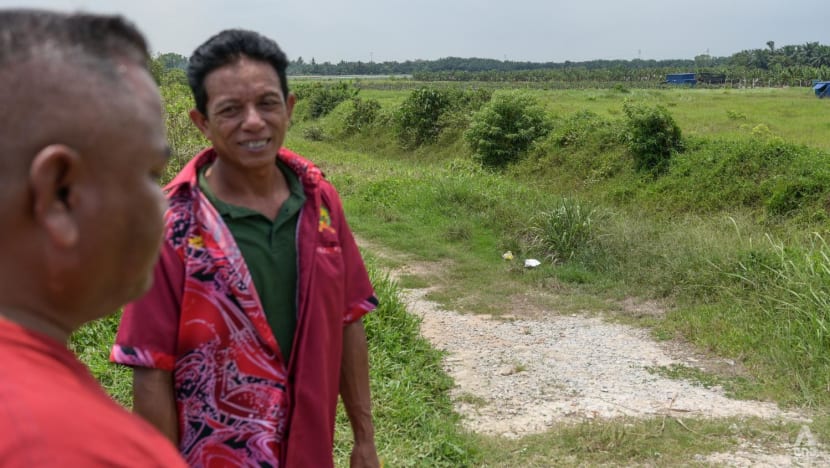
The parties eventually settled privately, said Mr Ramon Shari, the Tok Batin – or spiritual and communal leader – of the Mah Meri villages of Bukit Bangkong, Pantai Jengkok, Ulu Chucoh and Sungai Belankan.
Affected families will be provided with new houses in Bukit Bangkong, located further inland, while moving expenses will be covered, the 53-year-old said.
Mr Ramon, who only took over as Tok Batin after the Bagan Lalang issue was settled, said he is now overseeing the construction and handing over of these homes, expected to be ready by the end of June or July 2024.
“This has been our roaming area for years,” Mr Ramon said of Bagan Lalang, pointing out that the Mah Meri used to scour the mangroves and mudflats there for crabs, mussels and fish long before it was turned into a beach.
“Our people live and find sources of income here, so if they have to move, they should be compensated.”
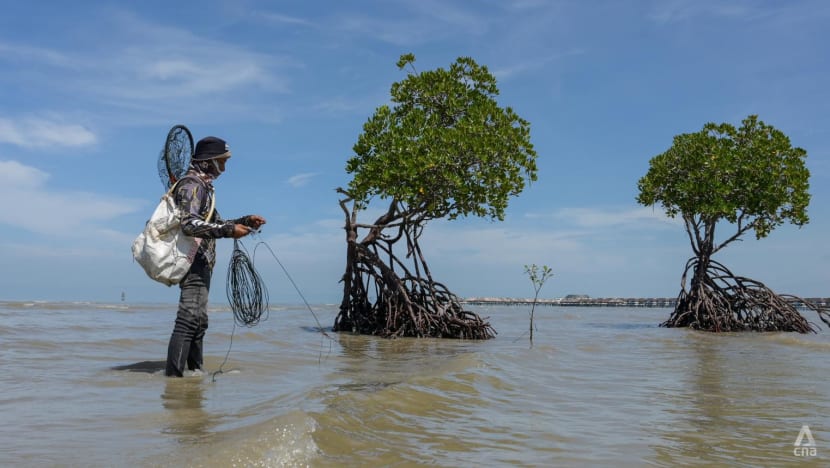
But Mr Ramon stressed that compensation is not the answer to what he feels is encroachment on Orang Asli land, noting that many Mah Meri still rely on farming as a way to make ends meet and send their kids to school.
“Compensation doesn’t have value to us. What we value is our land and our village,” he said.
While his four Mah Meri villages have not been encroached upon, Mr Ramon has reported two more instances of external parties taking over Mah Meri farmland in recent years.
The villages are in a prime development area close to the Kuala Lumpur International Airport and the coast, as well as Malaysia’s administrative capital Putrajaya.
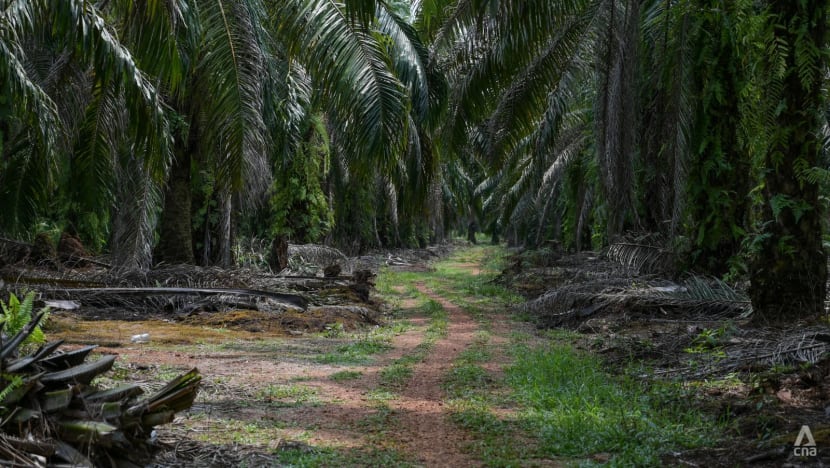
Now, the Mah Meri are hoping to get a total of 270 hectares of land, comprising their farmland and villages, gazetted.
“We support development by the government, but there should be balance – not until the Orang Asli are mistreated,” Mr Ramon said, lighting a cigarette on the beach in full view of the luxury resort’s stilt villas.
“If possible, we want our (villages and customary land) to be gazetted so the Bagan Lalang incident doesn’t happen again.”
PROACTIVE, BUT LITTLE PROGRESS MADE
The Mah Meri might be taking a different approach from other Orang Asli tribes by trying to be proactive rather than reactive, but they have run into several challenges.
Under the Aboriginal Peoples Act 1954, states can gazette Orang Asli customary territories as aboriginal areas and reserves to give them stronger recognition.
This prevents the gazetted land from being leased or issued with forest collection licences to external parties.
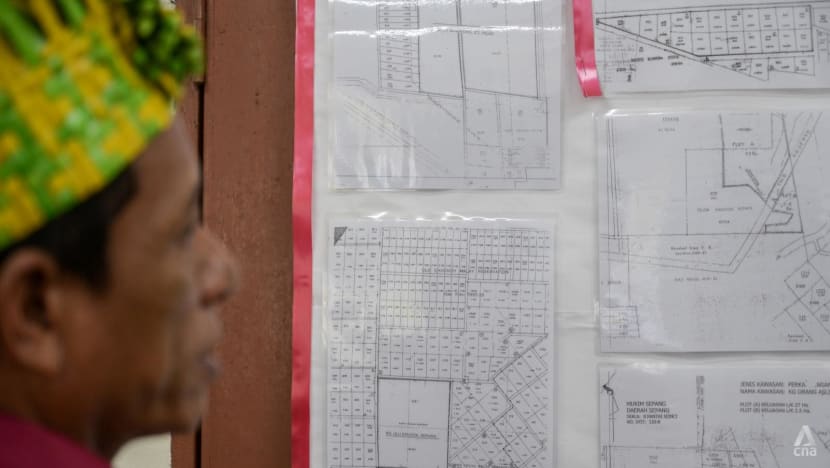
The Mah Meri have raised their gazettement request with the Department of Orang Asli Development (JAKOA), a government agency that oversees Orang Asli affairs, but little progress has been made.
Mr Ramon attributes this to inaction by the Selangor land office and forestry department, which owns the land that contain Mah Meri villages and farms.
“JAKOA has made efforts to help us, so we’re not blaming them. But our request stalls at other departments,” he said, adding that he does not know why.
A JAKOA spokesperson told CNA that nine out of 13 Mah Meri villages have been gazetted as an Orang Asli area or reserve, making up about 653 hectares of land. The spokesperson did not say if these locations include Mah Meri customary land.
The four villages that have not been gazetted are Kampung Pulau Indah and Pulau Ketam, as well as Mr Ramon's Bukit Bangkong and Sungai Belankan.
Mapping for the first three villages has been completed and the request was submitted to the relevant state government authorities in 2018, but there has not been a decision, the spokesperson said.
"This matter will be brought up to the relevant state government authorities from time to time," the spokesperson added.
As for Sungai Belankan, JAKOA said the location is part of a forest reserve and would thus require the "involvement" of the Forestry Department of Peninsular Malaysia before it could be gazetted as an Orang Asli area or reserve.
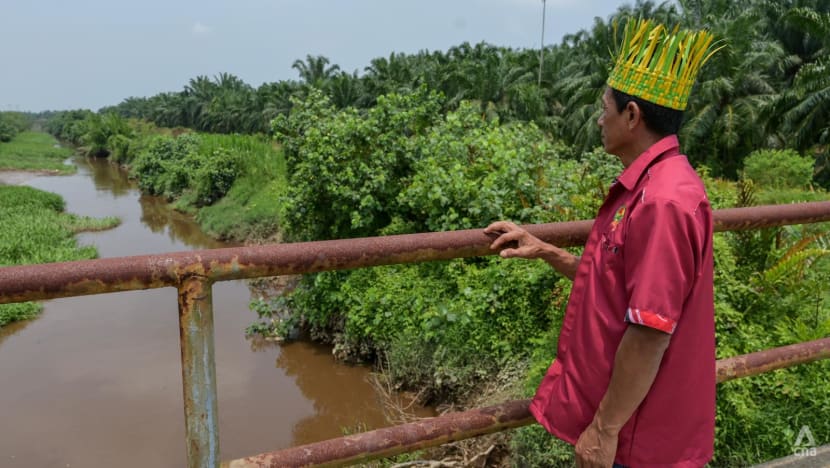
When it comes to gazetting Orang Asli land, the JAKOA spokesperson said state government authorities must consider a range of issues such as the preservation of green areas and future plans for the land.
"The main challenge in the gazettement process is the readiness of state government authorities approving such requests," the spokesperson said.
"In this matter, there has to be continuous involvement and discussions between state government authorities and the Orang Asli community."
CNA has also contacted the Selangor land office and forestry department for comment.
Mr Ramon said the sentiment on the ground is that Orang Asli feel their land is being threatened, despite the centuries-long presence of their ancestors there.
“We feel developers tend to target Orang Asli customary land, as they know it belongs to the state and they don’t have to pay a lot of compensation,” he added.
That’s why we don’t feel safe living in our villages. So before anything can happen, we make an effort to gazette.”
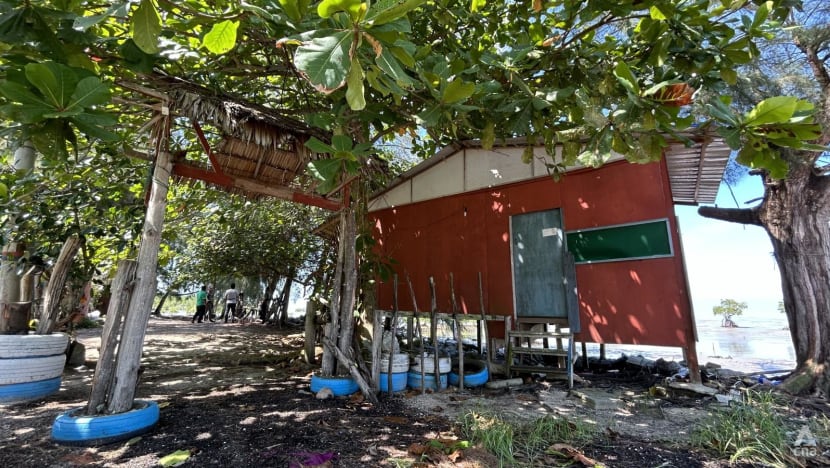
The Federal Constitution protects the rights of the indigenous people of Malaysia, including proprietary interest in their land itself.
But the National Land Code 1965 deems that all land is state land unless it has one of three things: A documentary land title, gazetted as a government reserve for a public purpose, or a mining permit and gazetted under a forestry-related law.
“Orang Asli customary territories that are without any form of documentary land title or a reservation status are deemed as state land,” said a 2016 report about encroachment on Orang Asli land, published by Friends of the Earth Malaysia and the Orang Asli Network of Peninsular Malaysia, both non-governmental organisations (NGO).
This means that states can use the National Land Code to issue private documentary land titles – potentially to private developers or individuals – for any Orang Asli customary land.
GAZETTING ORANG ASLI LAND
Mr Amani Williams-Hunt Abdullah, an Orang Asli lawyer and activist, told CNA that parties intending to acquire state land should rightfully visit the area to first check for existing inhabitants and activities.
“If there are any Orang Asli there, by right the land shouldn’t be alienated, but many times it does not happen this way,” said Mr Amani, widely known as Bah Tony in the Orang Asli community.
This is what happened in a legal case he handled in 2015, when land in Kampung Senta, home to the Semai tribe of Perak, was leased to a private corporation despite the clear existence of a government school there, he said.
The company served an eviction notice to Semai villagers before taking legal action against them, claiming to have obtained title to part of their customary land and considering them “trespassers”.
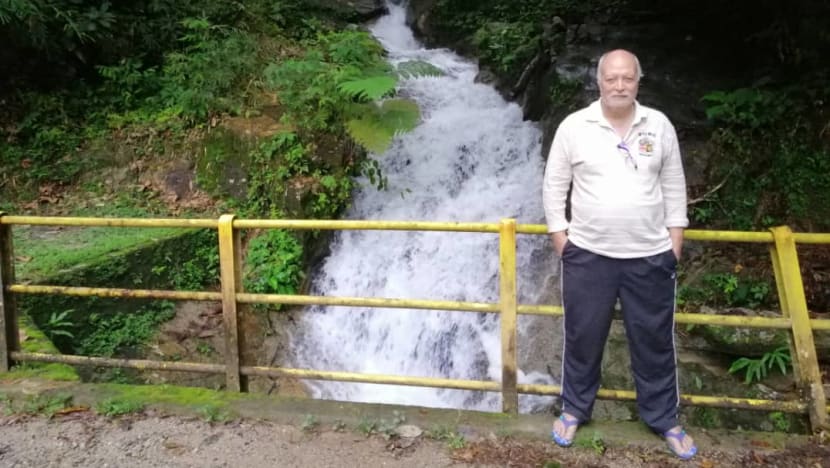
The villagers countersued, and Mr Amani said the Court of Appeal ordered the acquired land be returned to the Semai, and their customary lands be gazetted as an Orang Asli reserve.
To gazette Orang Asli land, a tribe works with JAKOA to map the perimeters of what it considers its villages and customary land, and could choose to submit supporting documents to prove its connection to the land.
JAKOA said it will then submit the application to the relevant land office, although Mr Amani pointed out that the final area gazetted could turn out to be smaller than requested in the application.
While this process was followed in the Kampung Senta case, Mr Amani said the gazettement had not been completed despite the court order, and that the state government made an “excuse” about a lack of budget to gazette the land.
“Until now, nothing has happened and Orang Asli in the village have been complaining that other parties have encroached on the area. So, we really hope the state government will start doing something about this,” he said.
ORANG ASLI “NOT CLAIMING EVERYTHING”
When asked why gazetting seems to take so long, Mr Amani surmised that land is a “very precious” commodity that many parties compete for.
“I suspect probably the thinking is it’s better to give it to purposes which can bring more commercial benefits than giving it to the Orang Asli,” he said. “But that is a wrong perception, because the Orang Asli are just claiming land which is theirs; they’re not claiming everything.”
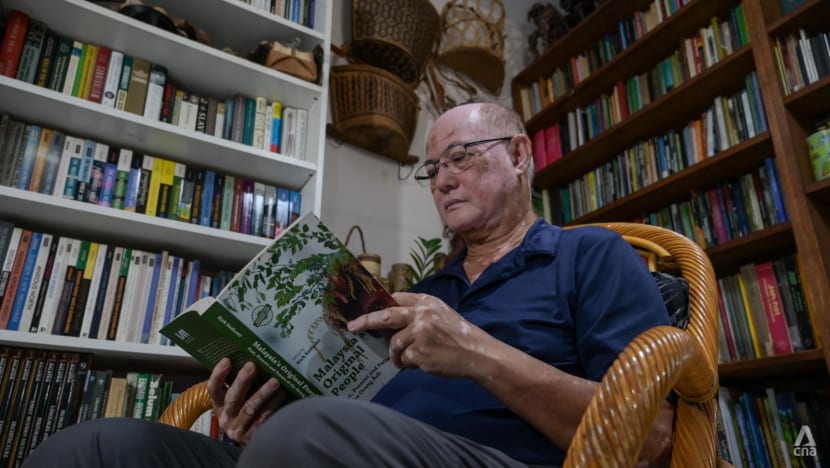
Dr Colin Nicholas, founder and coordinator at the Center for Orang Asli Concerns, said while the government recognises about 200,000 hectares of land on the peninsula as Orang Asli settlements, only 34 per cent has been gazetted as Orang Asli reserves.
“And even if the land is gazetted, doesn’t mean it’s secured as Orang Asli land. At any time, the state government can just cancel it and that’s it,” he said.
The rights of Orang Asli living in gazetted reserves have been described as similar to that of a tenant, with prohibitions on involving their land in any form of business transaction without authorisation.
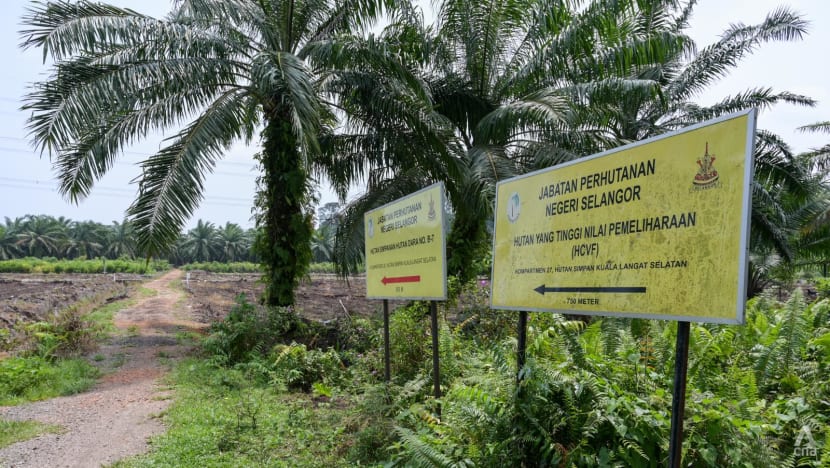
Dr Nicholas said one way state governments could recognise Orang Asli as landowners is through a provision in the constitution that explicitly protects their “customary land”, a term that does not exist in Malaysia’s laws.
“If ever you need the land for a public purpose or whatever, and the Orang Asli agree, you treat them as landowners, enter into a joint venture and so on – which is what you will do with any other landowner elsewhere,” he said.
“So, it can be a win-win case. But why must you grab everything and leave them in the lurch? That's where the humanity and justice is missing.”
GOING TO COURT
Mr Amran Angah, a member of the Temiar tribe in Perak, said he was disappointed to see loggers clear out an ancestral forest area a distance from his Kampung Cunex village in 2018, despite villagers’ efforts in setting up blockades.
Similar conflicts between loggers and the Orang Asli in Perak were covered extensively by the media in 2019.
“During that time, authorities went in to remove our blockades. They came with heavy machinery like excavators,” Mr Amran, 32, told CNA.
“We were warned not to disturb them. Even though we felt angry, we watched what they did to see how they did not care about Orang Asli land.”
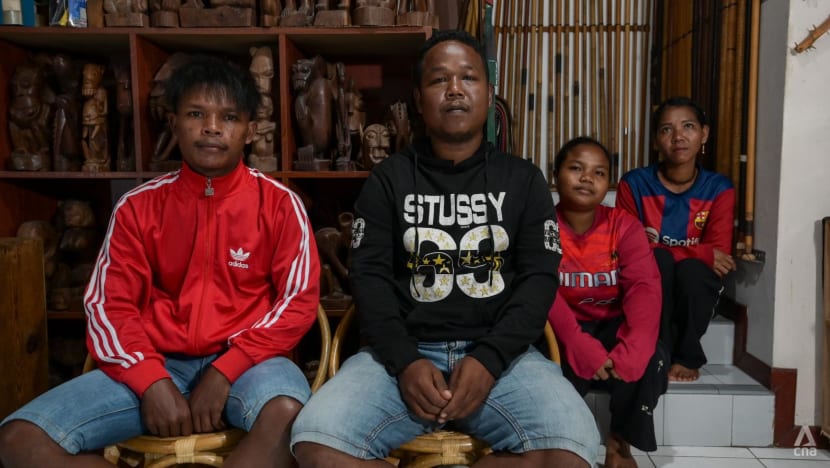
With the logging now done, Mr Aman is in the midst of a court case to determine if the tribe’s customary land rights had been violated.
In 2019, then-Perak chief minister Ahmad Faizal Azumu responded to criticism of the incidents, saying that the state has gazetted about 14,500 hectares of land for close to 100 Orang Asli settlements, the biggest area gazetted as Orang Asli areas or reserves by any state in Peninsular Malaysia.
“I wish to make it clear that all logging permits issued are within the forest reserves in Perak, which do not involve any existing Orang Asli settlements,” he wrote in a commentary published by Malaysiakini.
“In short, there is no incident of Orang Asli community being chased or displaced to make way for logging.”
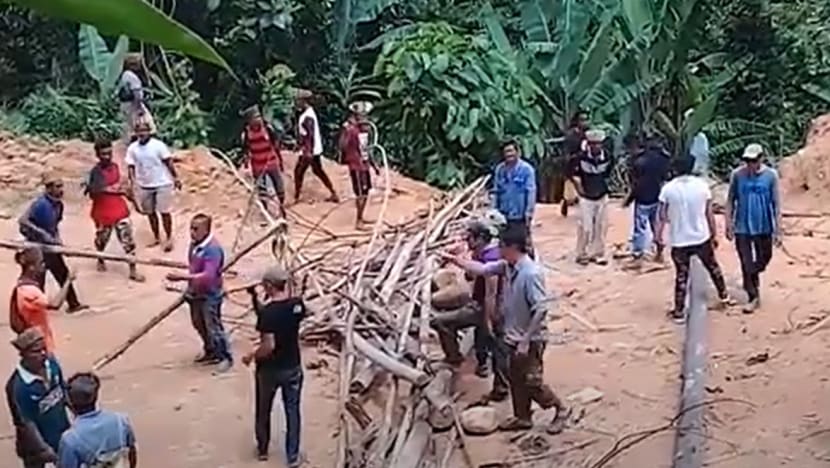
That said, previous court judgments have ruled that Orang Asli customary rights are not extinguished by the state’s gazettement of Orang Asli land as forest reserves.
“However, state governments have continued to ignore the implications of these landmark decisions,” the NGO report said, noting that the governments have failed to amend relevant policies and statutes.
“Executive actions in fact continue to interpret indigenous customary land rights which do not possess any form of documentary title as a limited form of usufructuary rights (benefitting from a property owned by someone else).”
The JAKOA spokesperson said Orang Asli are allowed to live in forest reserves.
"With that said, JAKOA is making efforts to gazette Orang Asli reserves through the National Land Code despite their prior status as forest reserves to ensure that the rights of the Orang Asli community are taken care of," the spokesperson added.
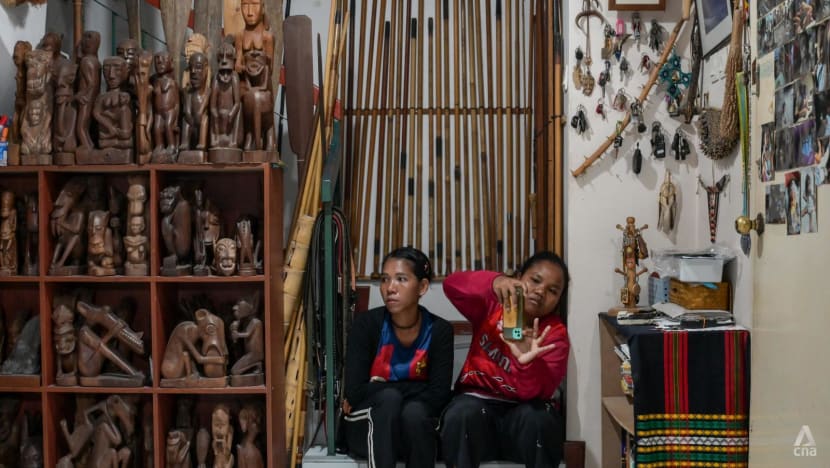
While Mr Amran knows he might lose in court, he believes it is important to go down the legal route as his community feels “the government did wrong”.
“We are disappointed because they did not inform us first. That land belonged to our ancestors, so we have to take care of it even though we moved far away,” he said.
“They wanted to give us money, but we didn't want it. Even if they gave us millions of ringgit, we wouldn’t take it. Money is not important; land is important. Because land can sustain us from generation to generation.”
Dr Nicholas said encroachment on Orang Asli customary land can cause a “major loss” to their subsistence and dent their dignity.
“The biggest blow to the Orang Asli is that they have been told: ‘You are nobody. Your lands are dispensable. If we want it, we can take it,’” he said.
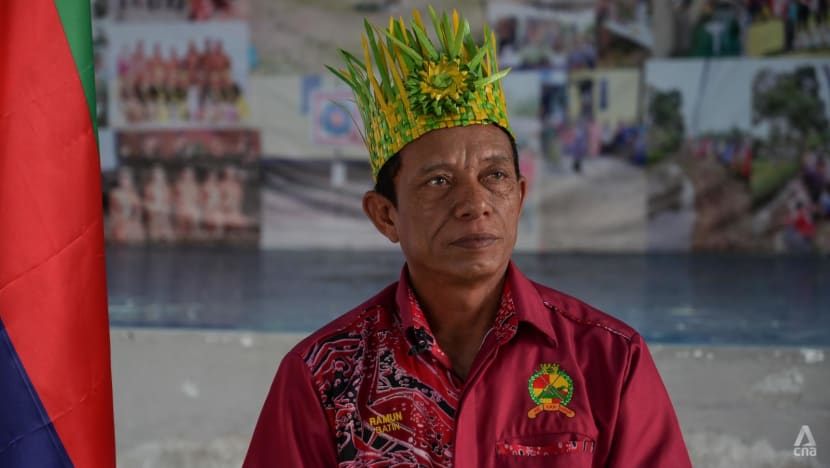
For the Mah Meri, Mr Ramon said many villagers have approached him to air grievances about the possibility of being forced to move out, and that he does not know how to reply except to say he is trying to prevent it from happening.
“They worry about what will happen if the village is threatened. If the state government gets a project and (asks us to leave), they will give us another place and house,” he said.
“But our people are not highly-educated and are reliant on farming. So if they get a new house but not land, how will they (make a living)? If the new house is big, then they worry about high electricity bills.
“The threat now is not huge, but we have to be wary from the start … We feel it is coming to us.”




















